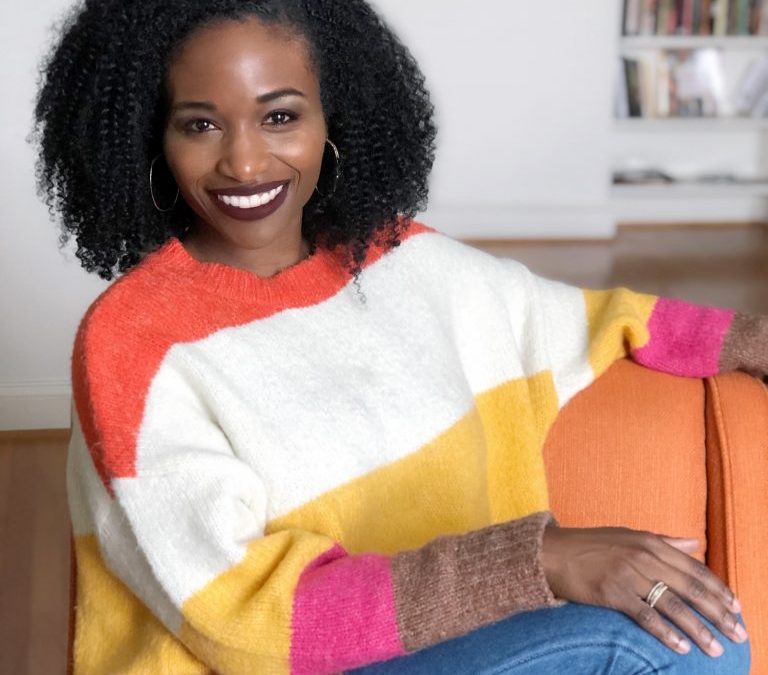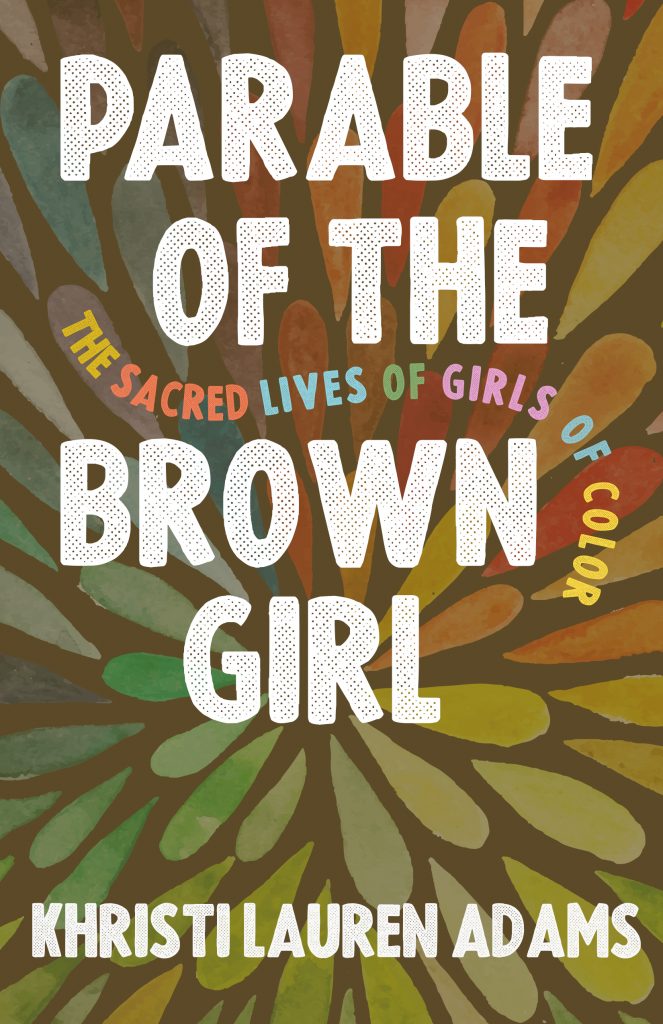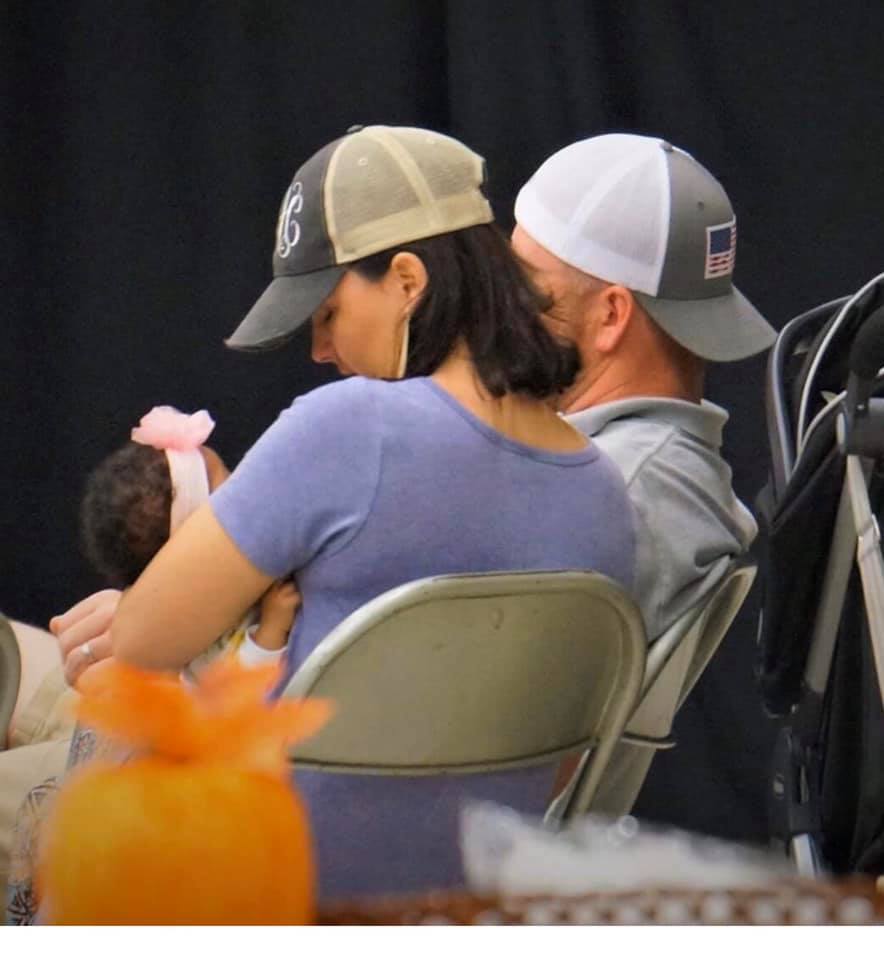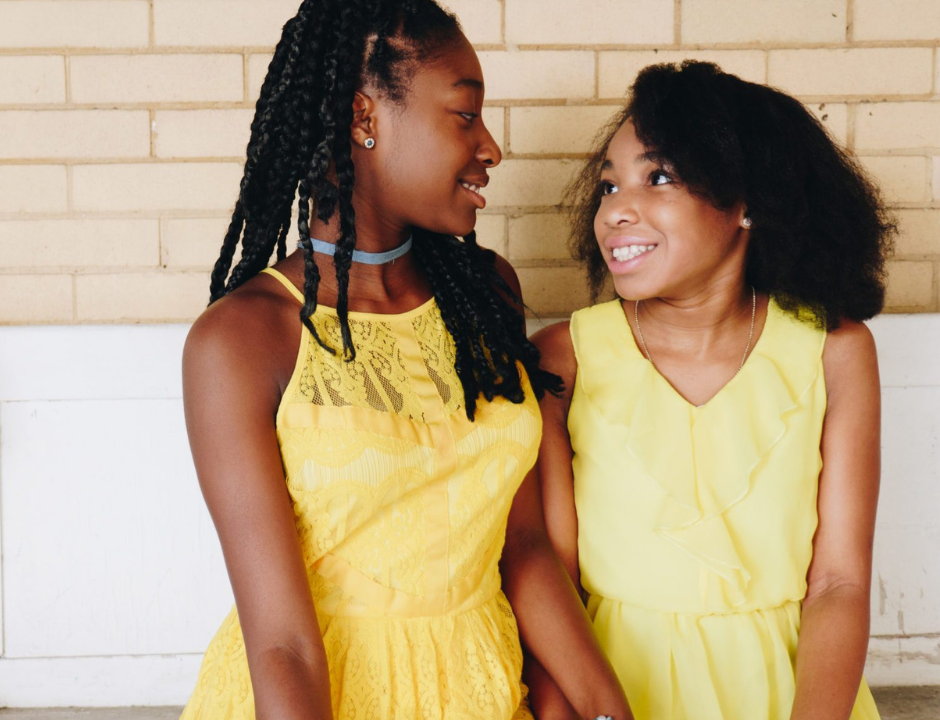

I recently reviewed Parable of a Brown Girl by Kristi Lauren Adams as a book that could help foster families – especially ones who aren’t black – better understand black girls and their unique struggles. Since this book is not specifically one on foster care, I reached out to Adams with some questions that might specifically relate to our audience. Read below to learn more about the book and how we can all seek to affirm and encourage the black girls in our lives.
In my review, I focused mainly on the value of the book for non-black people fostering black girls. However, I feel your book could be useful to many different people. When you wrote it, what audience were you originally targeting?
My audience are primarily adults who want to gain more understanding of the experiences of black girls, how they can create relationships with and become better advocates for those girls. This also includes those who already have personal or professional connections to black girls, such as parent/family, educators, counselors, clergy, lay people, etc.
What do you want people to learn from your book?

I hope the readers will read this book and discover a more positive and more wholesome way of understanding the uniqueness of black girls’ lives and experiences. I think each reader, depending on their background and perspective, will take away something different from the book. For some of us who read, it will be confirmation of things we already knew and for others it will bring up things they were completely unaware of. Many of their stories go unheard and therefore we do not get the opportunity to glean from their wisdom. My intention is to put them in the forefront through this book and to center them and their experiences in ways that we haven’t seen or accepted as a society. Although the girls are black, the experiences are provocative and relative to a diverse community of readers. Everyone—no matter your ethnicity, race, faith tradition, or background—can learn something from their stories and their questions and conclusions.
What would you like people to do in response to reading it?
I hope that readers will seek out intentional ways of building relationships, working with and on behalf of black girls in their families and communities.

Your faith plays a large part in the message of the book, and you discussed how Christianity both connects black girls to their heritage and inhibits them. Could you explore this dynamic a bit for our readers?
Black girls were made in the image and likeness of God. There are a variety of themes that I write about in Parable of the Brown Girl, but that is the thesis. Imago Dei, a theological term rooted in Genesis 1:27, says human beings are created in the image and likeness of God. While this is a fascinating concept, humans have struggled to conceptualize what it truly means as it relates to themselves as individuals and other humans and living creatures. Of course, we are ALL representations of the Imago Dei. Of course, we are ALL made in the image and likeness of God. But we’re ALL not getting that message. And I argue that particularly black girls are not getting that message.
You also discuss how black girls’ physical appearance can be a struggle for them. Could you explain how this struggle might be different from what girls of other races might face?
It’s apparent that other girls of other races have insecurities and struggles specific to them. I’m not sure comparing those struggles is fair and I think the tendency to compare can take away from the unique challenges pertaining to each one. In regards to black girls specifically, they hear far more messages about how their aesthetic falls short of traditional beauty standards than they hear about how they embody God’s image. I address their physical struggles in Chapter 2 saying, “I’m amazed by how much black women and girls have to unlearn. We are born into a system designed to oppose every aspect of our identity, including our skin complexion, hair, attitude, and overall identity as women. The antagonism we face begins at such a young age and from so many different directions that even the most spiritually, emotionally, and physically protected black girls have a difficult time countering it.”
How do you think understanding black girls would be helpful to a family who is fostering? What advice do you have specifically for a white family who is fostering a black girl?

Seeking to understand black girls should be a high priority for anyone fostering a black girl. You’re not just fostering any girl, but a girl who was born into a society that is uniformly antagonistic towards their personhood. As their foster parent, you play an important role in helping these girls learn to navigate the complexities of American society. It’s important that you don’t brush off their experiences and observations. It’s important that you don’t encourage them to blend, but that you affirm and encourage the things that set them apart. Families should seek out advice from other black women, should read up on material about the lives and experiences of black girls in society and make sure the girls have intentional spaces where there are other black people (particularly) girls they can interact with socially, spiritually and educationally.
Read Debby’s review of Parable of a Brown Girl: The Sacred Lives of Girls of Color and then pick up your copy of the book on Amazon.
Want to learn more about navigating race and celebrating diversity in foster care? Check out these posts on our blog.



